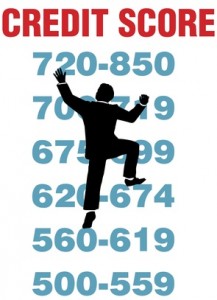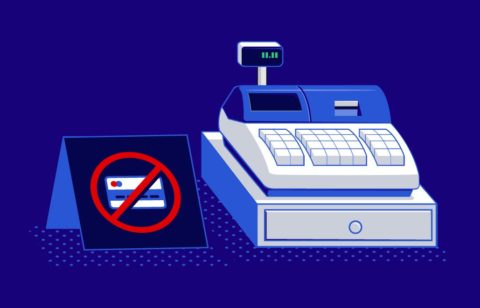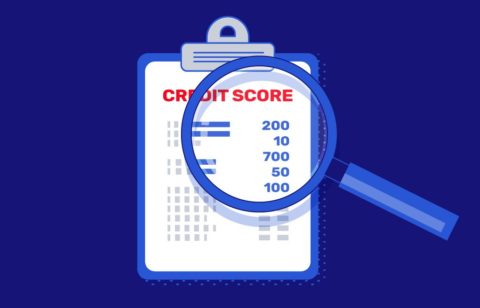There are seven negative items that will have a very damaging effect on your credit score. They are:
- Debt collections
- Late payments
- Foreclosures
- A bankruptcy
- A tax lien
- Lawsuits or judgments
- Charge-offs
Reviewing your credit report
The only way you can know if you have any of these negative items in your credit reports is to get and review them. The federal government has mandated that the three credit reporting bureaus – Experian, Equifax and TransUnion – must provide you with your credit report free once a year. You can get your reports by contacting each of these bureaus individually or you could get them simultaneously at the site www.annualcreditreport.com. Whichever you choose it’s important that you get your credit reports and that you review them carefully, looking for the negative items listed above.
What you can and can’t get removed
Of the seven items listed here, there are only four you can do something about –IRS tax liens, debt collections, late payments and charge-offs. Despite what some people might want you to believe, there is nothing much you can do about foreclosures, a bankruptcy, a judgment or lawsuit except wait seven years for them to fall out of your credit report
Debt collections
Debt collections is a shorthand way of saying that you had an account that went to a debt collector. Lenders often bundle up debts they no longer believe they can collect and sell them to debt collectors – usually for pennies on the dollar. You’ll know you’ve had a debt collection when you receive a phone call from a debt collector. We’ll assume for the sake of this example that the debt is legitimate and that you must pay it. Since the debt collection agency probably paid very little for that debt, there is room for negotiation. As part of the negotiation you should insist that when you do pay, the collection agency removes the item from your credit reports. Be sure to get this in writing as well as the amount you have agreed to pay.
IRS tax liens
There is a simple way to get an IRS tax lien removed from your credit report. Just pay it off. When you do, the government will remove this from your credit report within 30 days.
Charge-offs
This is basically an accounting thing. If after six months a lender believes that it won’t be able to collect the debt from you, it will bookkeep it as a charge-off. However, this does not cancel your debt. If you pay the debt in full, your lender will probably report it to the three credit bureaus as “paid charge off.” This is certainly better than having the debt listed as a charge-off but not as good as having it removed from your credit report. There are three ways to get a charge off removed and this brief video that explains them.
Late payments
There are three ways to get a late payment removed from your credit report. And it’s a very good idea to do this. Some financial experts believe that a late payment can drop your credit report by as much as 180 points. The first way to do this is to ask for a “goodwill adjustment.” If you have a good credit history with the lender, it may grant you one of these adjustments. What you would need to do is write a letter to the creditor explaining why you were late and asking that it “forgive” your late payment.
Second, you could ask that the item be removed and that in return you will sign up for automatic payments. This can be good for both you and your lender. You will have the late payment removed from your credit report and your lender will know it will be receiving all your payments on time in the future.
Finally, you could dispute the late payment. There are instances where the creditor may have a difficult time verifying the details of your debt. If you find inaccuracies such as the amount owed, the date of the debt, etc., you could dispute the item as inaccurate. If your lender is unable to completely verify the debt, the credit bureau will remove it from your credit report. You can file a dispute with the appropriate credit bureau via letter but will need to have some supporting documentation to prove your case.
The five components of your credit score
If you are not familiar with how your credit score is computed, it has five components.
- Payment history
- Amount of credit used
- Types of credit
- Credit history
- Credit requests
Two of these components – your payment history and the amount of credit you have used account for 65% of your credit score. You can see from this how important it is that you use your credit wisely. The best ways to keep your credit score up above the magic 700 point level are to make all of your payments on time, pay your balances in full every month and keep the amount of credit you’ve used low versus the amount you have available. This is called your debt-to-credit ratio and unlike your credit score, lower is better. As an example of this, if you have total credit limit of $10,000 and have charged only $2000, you have a debt-to-credit ratio of 20%, which would be considered very good. Conversely, if you had used up $6000 of that $10,000, your debt-to-credit ratio would be 60% and this would be bad.





